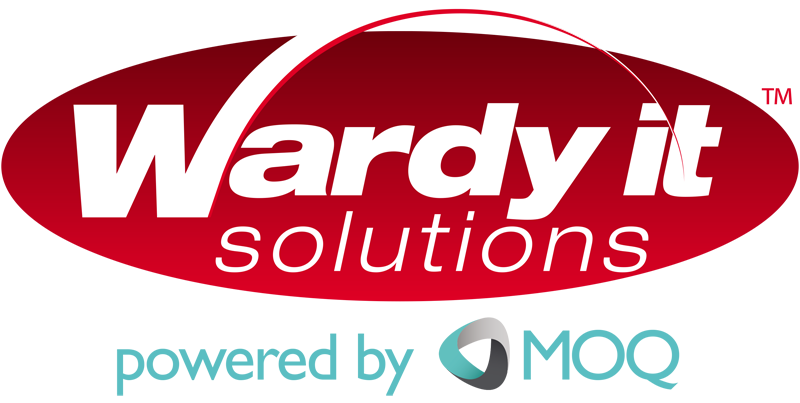In one sense, Microsoft Azure is straightforward. It’s a cloud service and a popular one at that. Businesses are taking the transition from on-premise systems to cloud-based with varying degrees of enthusiasm, but Azure is always a strong contender in the mix.
What isn’t so straightforward are the various Azure billing models. With multiple options to choose from, selecting the best model for your business can be confusing. Choose the wrong one and you could be up for unnecessary costs or unwieldy contracts. Here we look at the three primary choices and analyse each one.
A plethora of choice
There are at least five different kinds of Azure billing models.
Each have their own benefits, depending on what your requirements are. Whether it’s ease, flexibility, or simply a case of what you’re used to.
While there are no hidden costs or nasty surprises when it comes to which billing model you choose, there are things you should know about and take into account.
The three most common Azure billing models
Let’s drill down to the three most common options for billing and give you a snapshot of each:
1. A traditional Enterprise Agreement
An Enterprise Agreement (EA) is traditionally used for on-premise systems and now, as a commitment-based agreement for enrolments for both cloud and on-premise. It’s often a method businesses are familiar or already engaged with.
If you go down the EA path for your Azure model it is a three-year commitment. You will need to enrol through a licensing partner and there will be a somewhat lengthy process of credit checks and other administrative tasks to negotiate.
The main drawback here is the time it takes to procure services and the fact that much of the landscape is now evolving to a transactional, rather than commitment-based, model.
2. Cloud Service Provider
This is fast becoming the most common way to engage with cloud services. For Azure billing it will be via a Microsoft cloud agreement.
Procurement with Cloud Service Provider (CSP) is instant. You can start very small and scale up. It’s flexible to your needs and is an invoiced system giving you clear visibility on usage.
You can also run CSP in tandem with an existing EA if required – it doesn’t have to be one or the other. This way you can manage your existing on-premise environment via an EA but begin to leverage cloud services using a CSP model.
3. Pay-as-you-Go
This is the most common option for a business who are dipping their toes into the world of cloud-based systems.
It’s quick and easy, and only requires a credit-card transaction rather than invoice-based but be aware, this typically ends up working out as the most expensive option.
It’s worth noting, advanced reporting isn’t available with this billing model. This means it’s difficult to analyse the cost of workloads and make optimisations.
Complicating factors and common errors when selecting an Azure billing model
The most common error we see businesses make when selecting a billing model is around cost and commitment. It’s not unusual to find businesses with existing EAs that are then used for billing Azure consumption. The minimum commitment is often so high they end up paying for services they simply do not need.
When it comes to Azure, optimisation is key. With a bit of research and planning, you can get costs down and the scale right.
As for the complicating factors, a key one is the complexity of Azure bills. If you’ve ever taken the time to review an Azure bill, you will have noticed they aren’t the easiest to digest. Similar to old mobile phone bills from the early 2000’s, each workload is broken down – some even down to the second. This makes analysing the bill and the actual cost very time consuming and difficult.
This is where partnering with a Cloud Service Provider comes into its own. At WARDY IT Solutions, we have developed IP that simply breaks down your usage requirements which we can then show and explain to you clearly before recommending the most suitable Azure billing model for you.
Making the right choice
With three very different options available, here are our essential tips for making your decision:
- Understand your organisational workloads and requirements.
- Understand how and when these are used. For example, if you don’t require weekend usage, try using blackout scripts or Azure Runbooks to avoid unnecessary spend.
- Choose an option that allows you to scale up or down, depending on usage and then optimise resources for each workload.
It’s no secret that we lean heavily towards CSP as the best, most flexible and cost-effective choice for most organisations. It’s the best in class primarily because you avoid long term ‘use it or lose it’ commitments, scale with your needs and retain clear visibility of spend.
| Enterprise Agreement | Cloud Service Provider | Pay-as-you-Go | |
|---|---|---|---|
| Agreement term | Three Years | Month to month | Month to month |
| Discounts off RRP | Yes | Yes | No |
| Use it or lose it | Yes | No | No |
| Detailed usage reports | Yes | Yes | No |
| Payment terms | One to three years upfront | Monthly in arrears | Monthly in arrears |
| Time to procure services | Several weeks | Instant | Instant |
Make it simple with WARDY IT Solutions
Whether you are already engaged with a Microsoft Azure EA, are yet to make the leap to cloud or somewhere in between, and you want any level of advice or partnership – feel free to get in touch with us.
As mentioned above, you can run parallel EA and CSP models as a really effective mode of transitioning.
The environment is a fast-changing one and this will always be the case. Having a CSP partner like WARDY IT Solutions in your corner means you will be kept up to date and informed about changes rather than having to waste precious time researching and deciphering these yourself.
Get in touch now if you’d like to arrange a needs analysis where we review and analyse your Azure bills and spend to inform optimisation recommendations specific to your workloads.

